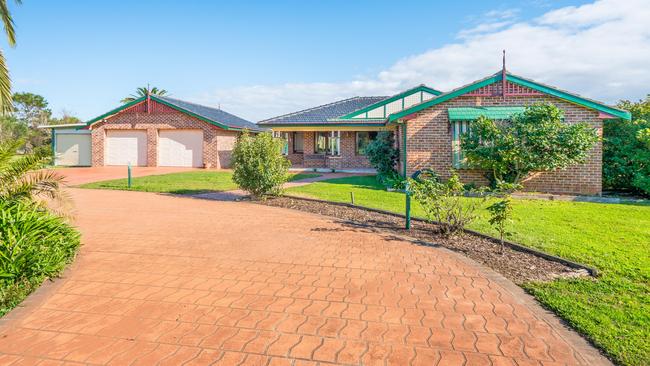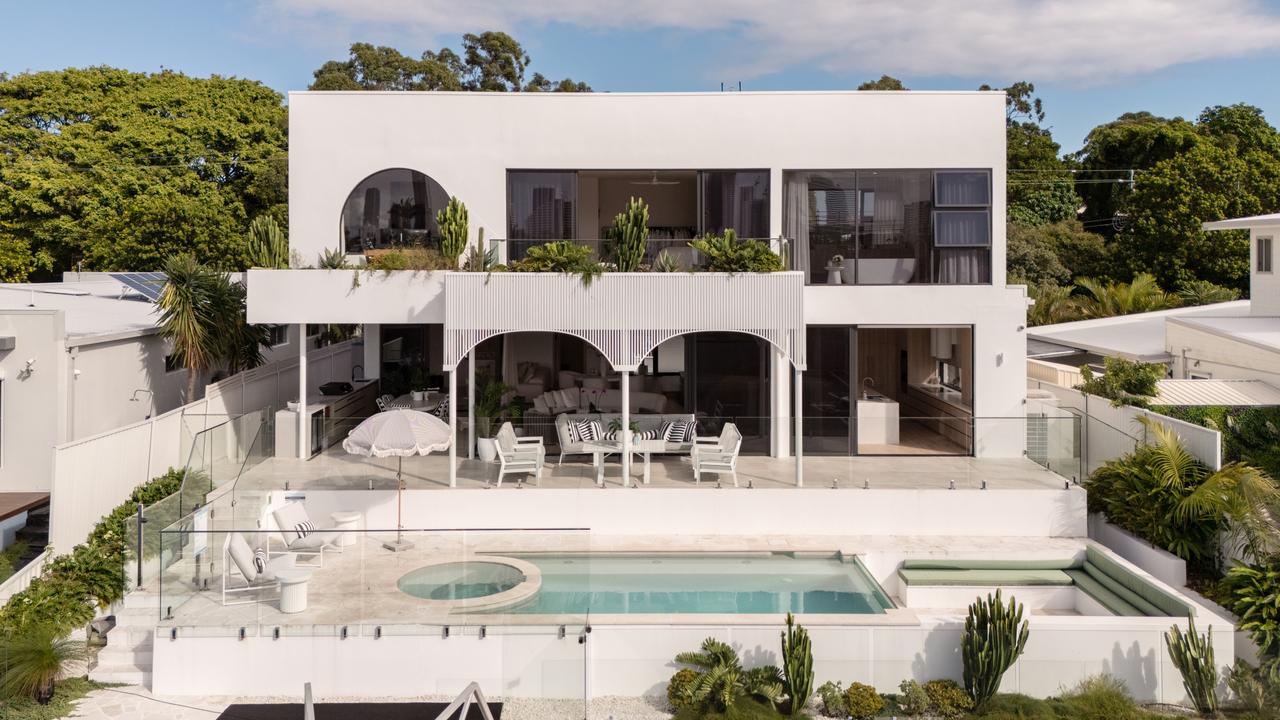Home price boom reaches outer suburbs
Housing demand is sending prices skyrocketing in cities’ outer suburbs, posing new obstacles to affordability.

Housing demand is growing and sending prices skyrocketing on the outer fringes of suburbia as buyers grapple with the affordability challenge, new figures show.
More than half of the suburbs that saw the biggest price growth last year were at least 17km from a CBD, with one as far as 55km from the centre of Melbourne.
The soaring price growth in relatively affordable outer suburbs could make it harder for future buyers to get into the market even as average prices start to come off the boil amid a regulatory crackdown on lending to investors.
Prices in Bringelly in outer southwestern Sydney more than doubled over the 12 months to November compared to the prior year on realestate.com.au figures, making it the fastest growth in the country.
The neighbourhood, some 46km from the CBD, now has a $3.5 million median property price, up 108 per cent.
The area looks set to benefit from new infrastructure as it is close to Badgerys Creek, which was last year confirmed as the site of Sydney’s second airport.
In northwest Sydney, Agnes Banks, 54km from the CBD, recorded a 49 per cent jump in prices to $1.1m over the year.
Rosehill near Parramatta — a comparatively convenient 17km from the city — had 47 per cent price growth to an average $1.1m.
In Melbourne, buyers also bid up prices on the outer fringes. Kangaroo Ground, where the Yarra Valley meets the city’s northeastern edge, saw prices lift 63 per cent to $1.2m.
At 55km southeast of the city, the median Tooradin house cost just $423,000 in 2016 but this jumped by half to $645,000 last year.
Some inner city areas also recorded surging prices as buyers paid for easy commutes and good amenity.
The harbourside north shore Sydney suburb of McMahons Point lifted 54 per cent to $3.7m, while in Canberra buyers in the central enclave of Forrest pushed prices up 53 per cent to $3.2m.
In Adelaide, the eastern suburb of Leabrook had a 52 per cent rise to a median price of $1.5m.
Meanwhile, the 10 fastest growing statistical regions all had double digit growth over the year.
Melbourne’s northwest rose 18 per cent, while Victoria’s Mornington Peninsula added 17 per cent and NSW’s Southern Highlands and Shoalhaven rose 15 per cent on average.
The figures follow media reports that Treasury officials two years ago said an overhaul of negative gearing arrangements would have “a relatively modest downward impact” on housing prices.




To join the conversation, please log in. Don't have an account? Register
Join the conversation, you are commenting as Logout